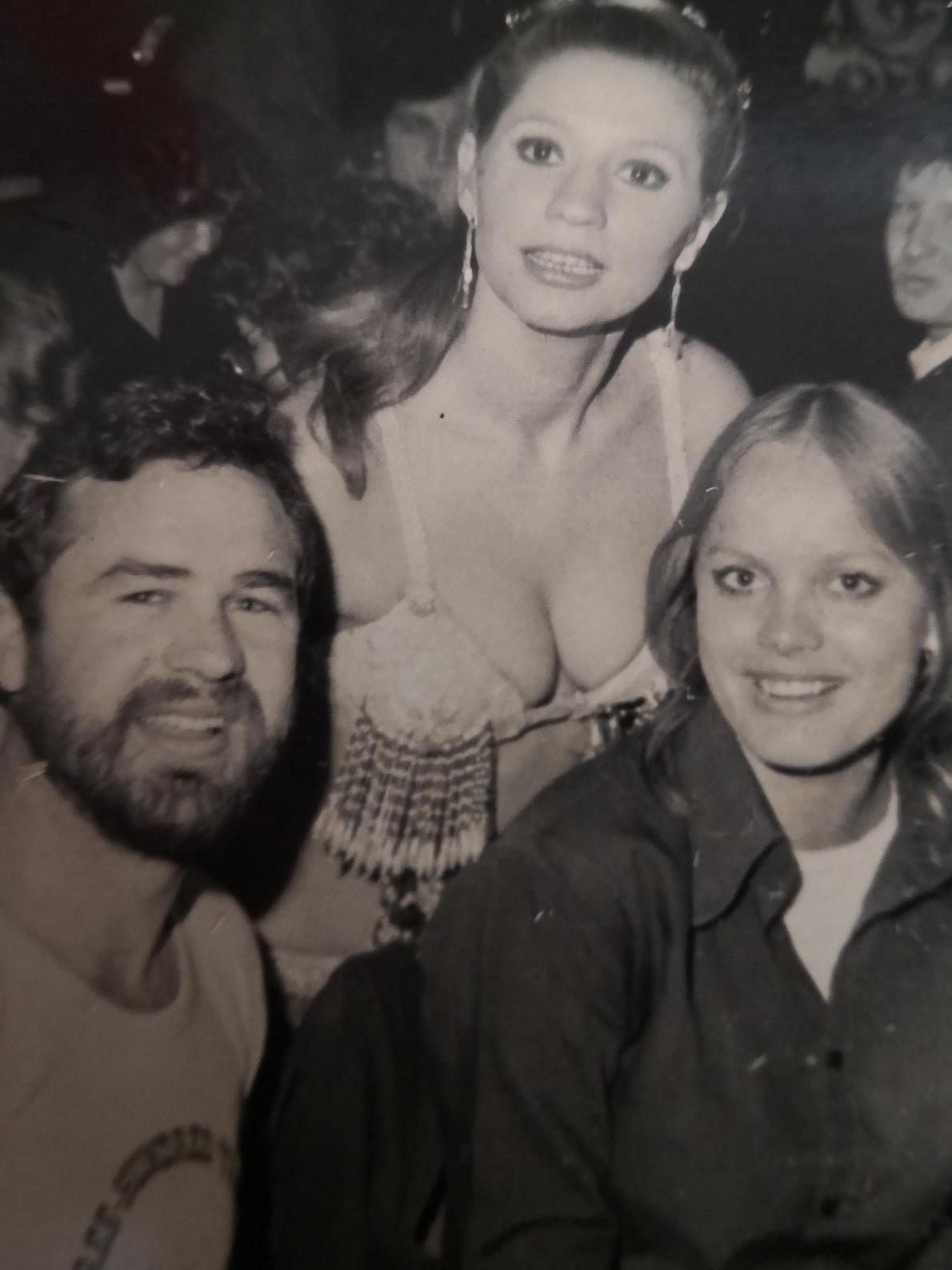
AsianOverland.net
Tour Guide - Itinerary
Asian Overland Sydney to London
Started 22/06/2022 Finished 21/06/2023365 Days ITINERARY
Day 152 date 20/11/2022TOPKAPI PALACE to ISTANBUL, TURKIYE
ASIANOVERLAND.NET SYDNEY TO LONDON DAY 274/152/64: ISTANBUL, TURKIYE
20 November, 1980
The Hippodrome of Constantinople was built when the city was called Byzantium. In AD 203 the Emperor Septimius Severus expanded the city’s walls, including the hippodrome, an arena for chariot races and other entertainment.
In AD 324, the Emperor Constantine the Great also decided to expand Byzantium, and the city soon became known as Constantinople, the City of Constantine. Constantine also enlarged the city, and renovated the Hippodrome, which is about 450 m long and 130 m wide. The stands were capable of holding 100,000 spectators.
The race-track at the Hippodrome was U-shaped, and the Emperor's lodge was located at the eastern end of the track, accessed directly from the Great Palace through a passage which only the emperor or other members of the imperial family could use. The Hippodrome is still in very good condition, and always worth a visit.
The Grand Bazaar in Istanbul is a must on every trip, offering everything you could possibly buy or dream of - gold, leather, jewellery, carpets, textiles …... It one of the largest and oldest markets in the world, with 4,000 shops, and regarded as one of the first shopping malls in the world.
The construction of the Grand Bazaar started in 1455, shortly after the Ottoman conquest of Constantinople, to stimulate economic prosperity in Istanbul, and named bedesten from the Persian word bezestan, meaning "bazaar".
In the 17th century the Grand Bazaar reflected the enormous extent of the Ottoman Empire in three continents, and the total Ottoman control of road communications between Asia and Europe, rendering the Bazaar and surrounding caravanserais, the hub of the Mediterranean trade. Until the first half of the 19th century, the market was unrivalled in Europe with regards to the abundance, variety and quality of goods on sale.
In the Bazaar there were 67 roads, each bearing the name of the sellers or makers of a particular specific good or trade - mirrors, spinners, textiles, jewellers, tailers etc. Around 1638, there were 3,000 shops, plus 300 in the surrounding caravanserais comprising two or three stories round a porticoed inner courtyard, where goods could be moved on camels, stored, and merchants lodged.
Next stop is the ancient Turkish Baths (Hamams), built four centuries ago as a public bath-house in classical Ottoman steam bath style, with two symmetrical separate sections for males and females, mostly made of marble. You lay on the ancient marble massage tables naked except for a small modesty wrap, sweating profusely in the steam, while giant masseurs use abrasive mittens to remove layer upon layer of flesh, until your skin is pink and you feel as if you’ve been skinned alive. A cleansing experience for male and female punters, in strictly segregated sections.
© This work is copyright. Apart from any use permitted under the Copyright Act 1968, no part may be reproduced by any process, nor may any other exclusive right be exercised, without the permission of Peter Searle, peter@portseavillageresort.com; 1980-2024.
Website built by Justin O’Dea www.webdeveloperdocklands.com.au


